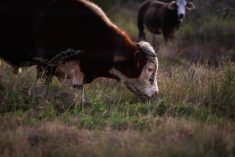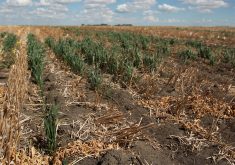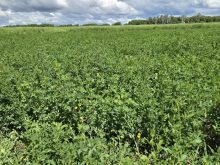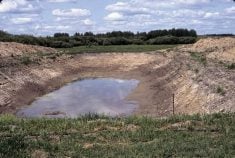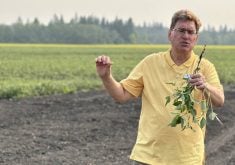Extremely dry conditions that are causing deepening challenges for beef and crop producers have prompted the Alberta government to take the first step toward potentially activating the AgriRecovery disaster relief framework.
Provincial officials recently sent a letter to the federal government requesting an AgriRecovery assessment, said provincial agriculture and irrigation minister R. J. Sigurdson.
“We want to make sure that, of course, we explore every option to be able to provide the most relief possible to our producers here in the province.”
Read Also
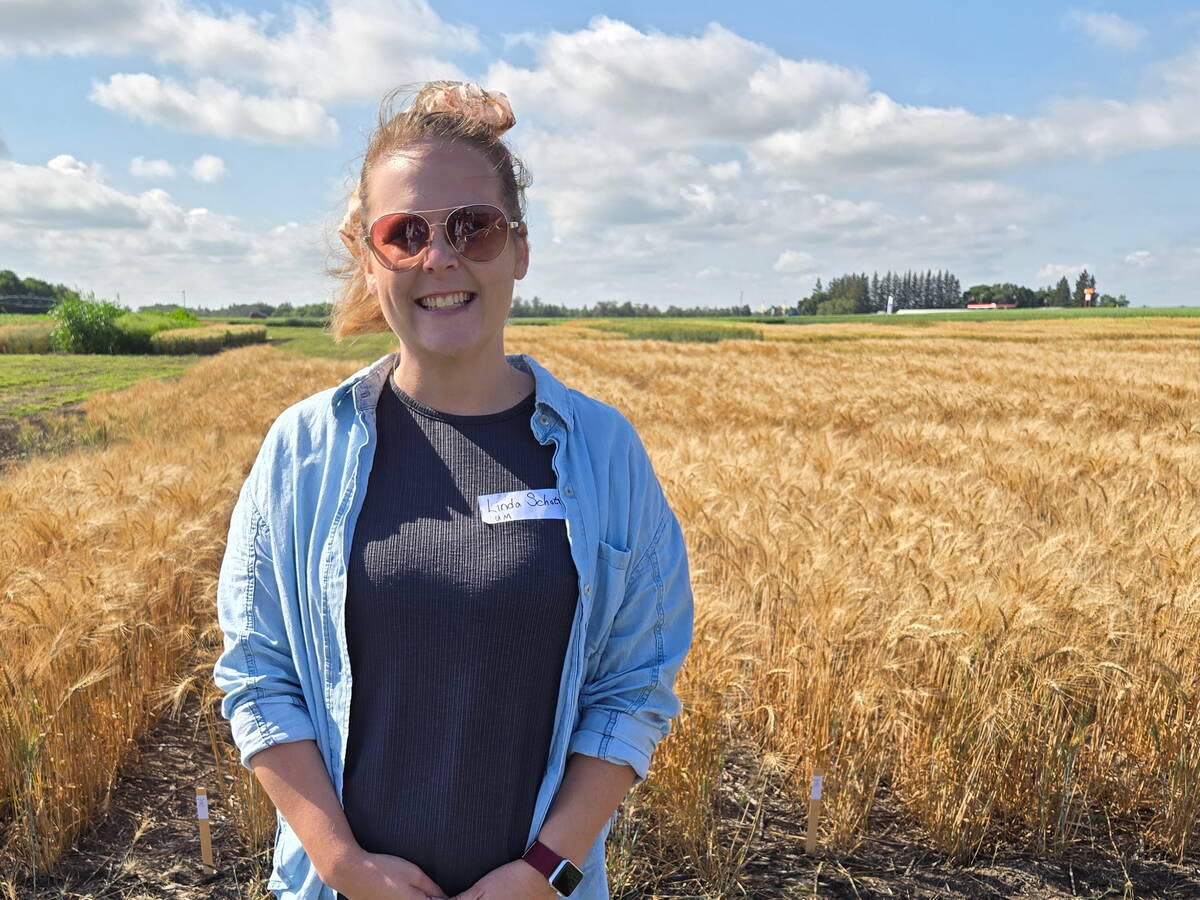
University of Manitoba hires potato researcher
A new research chair position at the University of Manitoba will tackle sustainability in the potato industry.
He spoke July 10 at the second annual Alberta Beef Industry Stampede Summit in Calgary. The event at the Hotel Arts was attended by about 250 people including federal and provincial politicians.
Several Alberta counties including Camrose, Cypress, Foothills, Paintearth, Stettler and Vulcan have separately declared states of agricultural disaster starting in June following unusually early hot weather and dry conditions that began this spring.
The province, which contains about 70 percent of Canada’s national cattle herd, is now heading into what are typically summer months with little precipitation. Although the dry conditions are also affecting crop production, an ongoing lack of feed coupled with damage to forage crops is causing increasing concern among Alberta’s beef producers.
“We’re seeing exceptionally large numbers of livestock being dispersed at auction marts for this time of year, and producers are contacting us to report they are out of feed, cannot afford feed and looking ahead and realizing at this point that the probability of growing feed to support their operations is very, very slim,” said Stettler Reeve Larry Clarke in a statement June 14.
It is difficult to quantify the situation facing the province’s cattle industry, said Brodie Haugan, chair of Alberta Beef Producers.
“Truly, what’s happening on the land is so diverse. I mean, you can just drive 30 to 40 miles and it completely changes yet again,” he told reporters at the summit.
Although the areas affected by dry conditions are smaller than in recent years, some producers are facing their fourth year of severe drought, forcing them to take drastic actions that include downsizing their herds, he said.
It has so far been a year where unusually early and widespread wildfires caused by drought and heat have been followed by rain and flooding in some areas, said Haugan. He described the situation faced by beef producers as an evolving conversation that changes every day.
“It’s a very complex ball of wax and we’re trying to unravel it right now, and work with the government as much as we can to keep the conversation moving so that we’re communicating with producers that need help, but at the same time making sure we’re doing the best thing possible for the industry.”
Sigurdson said it is difficult to predict the outcome of the AgriRecovery assessment.
“Right now, this is step one. We have to wait for that assessment to be done, and then we’ll move to looking at what the total program would be or what’s available at that time, but it’s too early to say right at this moment.”
He said provincial officials are also continuing to work to develop Agriculture Financial Service Corp. (AFSC) risk management programs for producers.
“We always encourage farmers to continue to look into those programs so they have them available in these tough years where they’re not seeing the moisture that they need, and as well, just having those conversations to make sure we’re doing everything that we can as a provincial government to assist them.”
Haugan said operations with the ability to use crop or moisture deficiency insurance should lean heavily on the AFSC. He advised producers to make sure they understand the fine print of such programs to ensure they’re using them as best they can.
“(It includes) utilizing crops that have been written off to get the cattle on as fast as we can to get some feed into these cattle herds and keep the cattle on operations, and really, again, just working with your account managers at AFSC.”
Contact doug.ferguson@producer.com





